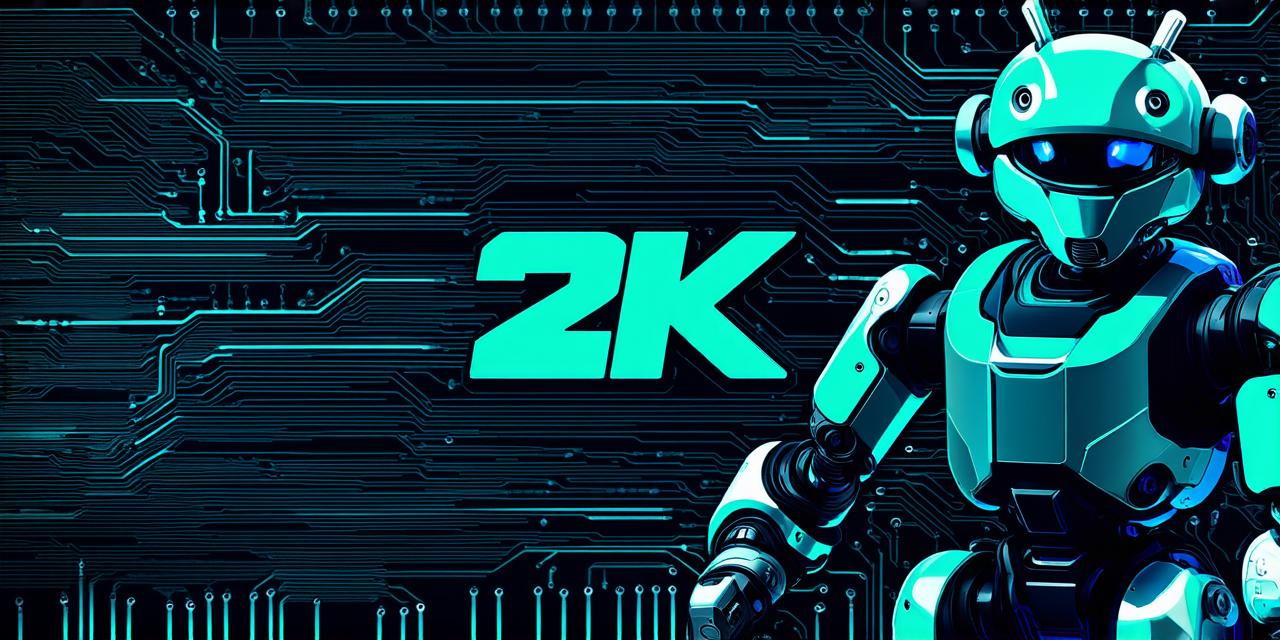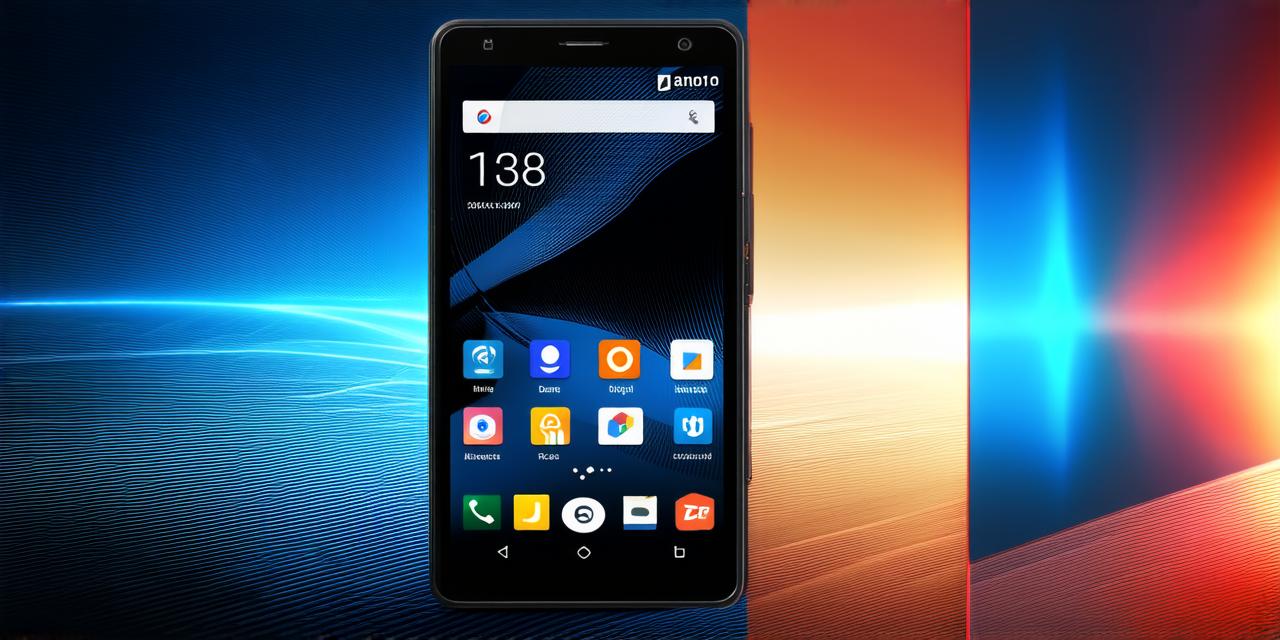Introduction
Android game development is an exciting and rapidly evolving field. With millions of devices worldwide running on the Android operating system, game developers have a vast potential audience to reach. However, developing Android games can be challenging due to the platform’s complexity and fragmentation. One of the essential tools that game developers need to master is Dalvik, the virtual machine that powers Android applications. In this article, we will explore the significance of Dalvik in Android app development, particularly for game developers. We will discuss how Dalvik works, its advantages and disadvantages, and best practices for optimizing performance and memory usage.
Understanding Dalvik
Dalvik is an open-source virtual machine developed by Google for Android platforms. It was designed to be lightweight, efficient, and scalable, allowing it to run on a wide range of devices with varying hardware capabilities. Dalvik works by compiling Java bytecode into native machine code at runtime, which allows it to execute faster and more efficiently than traditional virtual machines like JVM (Java Virtual Machine).
One of the primary advantages of Dalvik is its ability to optimize memory usage. Dalvik uses a just-in-time (JIT) compilation model, which means that only the code required by an application is loaded into memory at runtime. This allows Android devices with limited memory to run multiple applications simultaneously without slowing down or crashing.
Another advantage of Dalvik is its ability to manage threads efficiently. Dalvik uses a thread scheduler that prioritizes tasks based on their importance and resource usage, allowing it to allocate resources more effectively and avoid deadlocks and other thread-related issues.
Dalvik also supports a feature called "Ahead-of-time compilation" which converts bytecode into machine code at compile time, which can improve performance and reduce memory consumption.
Advantages of Dalvik for Game Development
Game development requires high levels of performance and low latency, making Dalvik an ideal choice for this purpose. The following are some of the advantages of using Dalvik in game development:
- Memory Optimization: Dalvik’s ability to optimize memory usage is particularly useful in game development. Games require a lot of data and resources, which can quickly consume all available memory on a device. Dalvik’s just-in-time compilation model ensures that only the code required by the game is loaded into memory, reducing memory consumption and improving performance.
- Thread Management: Games often involve multiple tasks running simultaneously, such as rendering graphics, managing user input, and updating game state. Dalvik’s thread scheduler ensures that these tasks are executed efficiently and in the correct order, preventing deadlocks and other thread-related issues.
- Performance Improvement: Dalvik’s ahead-of-time compilation feature can significantly improve performance by converting bytecode into machine code at compile time. This reduces the amount of work that needs to be done at runtime, resulting in faster execution times and smoother gameplay.
- Cross-Platform Compatibility: Dalvik is designed to run on a wide range of devices with varying hardware capabilities, making it an ideal choice for cross-platform game development. With Dalvik, game developers can create games that work seamlessly on multiple devices, including smartphones, tablets, and even wearables.
Disadvantages of Dalvik for Game Development
While Dalvik has many advantages for game development, it also has some limitations that developers should be aware of. The following are some of the disadvantages of using Dalvik in game development:
- Limited Debugging Capabilities: Dalvik’s lightweight design can make it difficult to debug games. Without proper debugging tools and techniques, developers may struggle to identify and fix performance issues or bugs in their code.
- Memory fragmentation: Dalvik has a problem of memory fragmentation where the memory allocation is not efficient and can lead to memory leaks and other memory-related issues.
- Limited Compatibility with Some Tools and Libraries: Dalvik is not compatible with some tools and libraries used in game development, which can limit the functionality of an application.
- Limited Compatibility with Hardware Accelerators: Dalvik does not support hardware accelerators like OpenCL and CUDA, which can limit the performance of games that require these technologies.
Best Practices for Optimizing Performance and Memory Usage in Dalvik-Based Games
To get the most out of Dalvik and ensure optimal performance and memory usage in your game, consider the following best practices:
- Optimize Memory Usage: Use Dalvik’s just-in-time compilation model to optimize memory usage by loading only the code required by the game into memory. Avoid using excessive memory by minimizing data duplication and reducing the amount of data stored in memory.
- Manage Threads Efficiently: Use Dalvik’s thread scheduler to prioritize tasks and allocate resources effectively. Avoid deadlocks and other thread-related issues by using proper synchronization techniques and ensuring that threads are executed in the correct order.
- Use Ahead-of-Time Compilation: Use Dalvik’s ahead-of-time compilation feature to improve performance by converting bytecode into machine code at compile time. This reduces the amount of work that needs to be done at runtime, resulting in faster execution times and smoother gameplay.
- Optimize Code for Performance: Write efficient code that minimizes resource usage and avoids unnecessary computations. Use techniques like caching, lazy loading, and deferred initialization to improve performance and reduce memory usage.
- Test and Optimize on Multiple Devices: Test your game on multiple devices with varying hardware capabilities to ensure compatibility and identify performance issues. Optimize your code for each device to achieve the best possible performance and user experience.
Summary
Dalvik is a crucial tool for Android app development, particularly for game developers. Its ability to optimize memory usage, manage threads efficiently, and improve performance makes it an ideal choice for this purpose. While Dalvik has some limitations, such as limited debugging capabilities and memory fragmentation, with proper optimization techniques and best practices, game developers can overcome these challenges and create high-performance games that provide a seamless user experience across multiple devices. As the Android platform continues to evolve, it is essential for game developers to stay up-to-date with the latest developments in Dalvik and other related technologies to ensure the continued success of their games.



